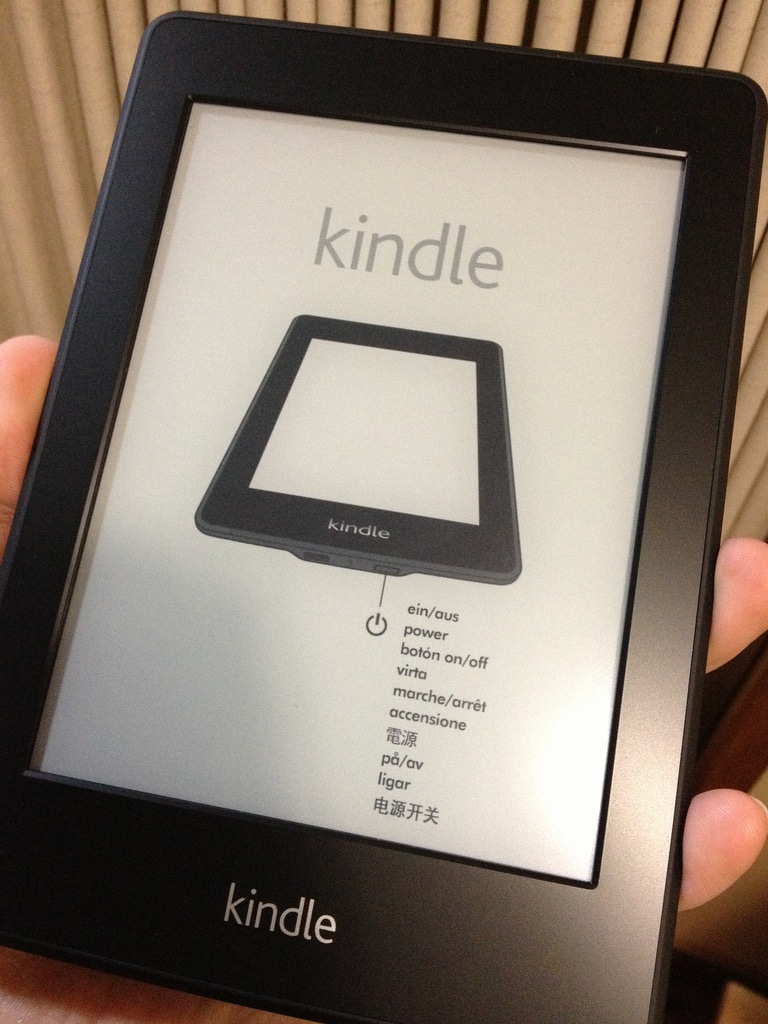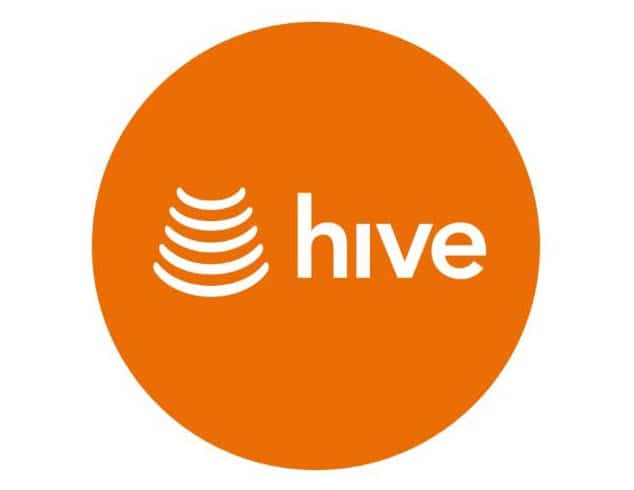Last month I wrote about Community Wi-Fi and that I’d signed up to FON – a commercial project aimed at creating a network of Wi-Fi hotspots that could be accessed by members who, in turn, share out their own Broadband via a Hotspot.
Well my FON equipment arrived this week and I set about installing and configuring it.
Inside the box were a “La Fonera” – a white FON branded Router box with a Wi-Fi aerial and a single Ethernet “Internet” port at the back. There was also the additional Hi-Gain Antenna I’d ordered.
Setting up the “La Fonera” (which is only slightly bigger than a cigarette packet) was simple. Connect it via the provided 1m long Ethernet cable to your existing network (ideally your existing Broadband Router), switch on, and then grab your Wi-Fi enabled laptop.
The Router did take it’s time to startup compared to other Routers I’ve used – but once powered on two new Wi-Fi signals appear for you to connect to. “MyFON” (your private network access) and “FON_AP” (the publically accessible signal).
I stumbled across a problem initially as the FON Router configures itself to an address of 192.168.10.1 – to avoid clashing with existing networks. Unfortunately, my network is set to – you guessed it – 192.168.10.x, and so the FON Router did get confused when it tried to share it’s address with my existing Router.
To fix the problem I simply connected to “MyFON” (my private network) and used the Web Management Interface on the FON Router to set it’s address to 192.168.10.2 – all sorted. Note:- The Router Web Management Interface can only be accessed when you are connected to your private FON Access Point! That one stumped me for 10 minutes…
Once that niggle was overcome, I connected to the “FON_AP” public hotspot and fired up a web-browser which took me directly to www.fon.com signed in with my FON username/password and was then asked to register the new Hotspot. This involves giving details of the location of the Hotspot, dragging a pointer to it on a Google Earth map, and setting up your Router Homepage – which other FON users can view to find out more about you when they use your Hotspot. In my case I put details of who I am and what I do, although you can also embed FlickR photos and YouTube videos if you wish!
Further configuration of your Router can easily be done through www.fon.com – which is a nice touch as it means all your FON configuration info is in one place. You can also set how much of your bandwidth is available to use, with a simple slide bar ranging from 512k to 10mb and beyond.
One reboot of the FON Router later, and everything was online!
I then did a quick tour of Tubb Towers trying to find the location that gave the strongest signal to the outside world. This was eventually the window in my downstairs living room, but disappointingly this still only saw the FON signal get a weak signal to the nearby road – even with the hefty high-gain antennae. If any FON users want to sit in the middle of my lawn though, they’ll get a great signal! As that’s unlikely to happen, I’m reading up on my Wi-Fi hacking again, and have already ordered an additional directional antennae to see if I can fix this issue. FON have also mentioned their “La Fontenna” – a more powerful, weather-proof antennae to help boost signals outside – looks interesting!
So how can you use FON? Well, in my case I’m what is known as a “Linus” – I give away broadband to other FON users, and in turn I can then log on to their Access Points for free. Other ways of using FON including buying a day-pass to use the existing AP’s, and becoming a “Bill” – where you effectively charge people to use your Access Point.
Overall my experience of FON has been very positive! I like the idea of giving away from Wi-Fi access in my community, seeing who has used it (a log is kept at your FON homepage) and it was fun to search the FON Map to see if there were any other “Fonero’s” in my area. In my case, there were, and I knew one or two of them as well!
If you’ve got Broadband and want to share it securely, go to www.fon.com to find out more. If you’re already a FON user, leave a comment to let me know your experiences thus far!













Comments
2 thoughts on How to share Community Wi-Fi with FON
SHARON
8TH JUNE 2007 14:45:26
You lost me... Way to technical for me to keep up, but am I right that the jist of it is free acess to wi-fi when you cna't use your own? I wouldn't mind doing this if it's not too difficult as I like to help people, and some people just can't afford the internet right now but if they knew they could get a 'blinky' as we call it (wireless adapter) which is realtively cheap and then access the internet through one of these FON things and at a later date when they can affrod to set one up themselves to help out others it would be so cool, I think the internet should be free anyway!
RICHARD
10TH JUNE 2007 18:43:21
Hi Sharon - the FON system works as follows.1. You sign up to FON as a "Linus", share out your own broadband to other FON users, and in turn can then log onto their Wi-Fi hotspots.2. You sign up to FON as an "Alien" - paying each time you use another FON users hotspot.3. You sign up to FON as a "Bill" - sharing your Broadband out, but only to other paying users.I prefer Option number 1 - as it creates a "free" Wi-Fi Hotspot for other to use, but with some security - they have to log in using a registered FON username. The alternative (a truly "free" Wi-Fi hotspot with no Login) is a little bit scary - there is no accountability for anyone surfing through your Broadband, so they could get upto anything and you may be responsible...I'd recommend signing up to FON - it won't cost you much and you'll be offering Wi-Fi to a Community securely, plus you'll be able to use Wi-Fi at other hotspots around the World for free!